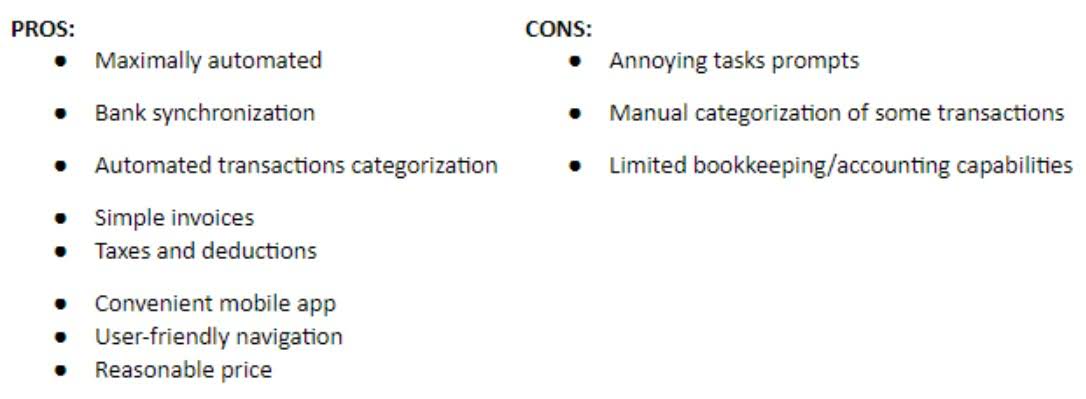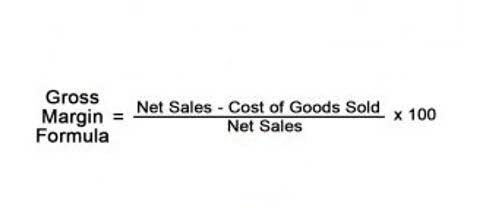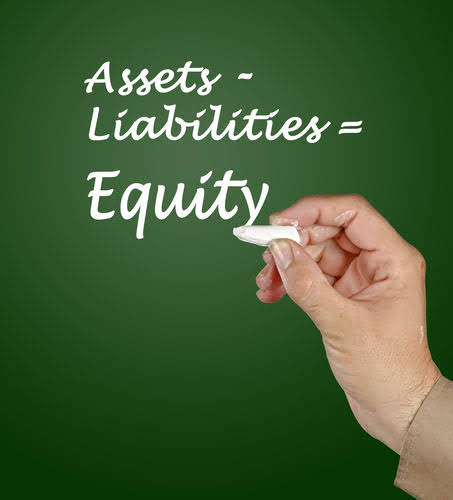
Here’s why this measurement of the profitability of your operations is important. Understanding equity lets you know how much your stake in a company is actually worth, how much skin you have in the game, and whether it’s worth continuing being an owner or part-owner of a company. Dividends are paid out in cash, so the company’s cash account would go down by $10,000. Because Anne’s mom’s stock is preferred stock, she gets first dibs on the dividend.

Stockholders’ Equity
For example, if a company purchases a piece of machinery for $100,000, it would increase the company’s total assets by $100,000. If the company’s total liabilities remain the same, the increase in assets would directly increase the company’s equity by $100,000. Equity can be classified into different types based on the source of the funds. Common equity represents the ownership stake of shareholders who have purchased shares of stock in the company. Preferred equity, on the other hand, represents a special class of shares that have priority over common equity when it comes to dividends and asset distributions.
Trending in Accounting
The company also reported an accumulated other comprehensive loss of $11.4 billion. Investing in the financial world often requires a thorough understanding of various terms, and “Total Equity” is one such term. This critical financial indicator serves as total equity formula a compass guiding investors towards informed decisions.
Common Misunderstandings about the Equity Equation
It helps them to judge the quality of the company’s financial ratios, providing them with the tools to make better investment decisions. It may make it difficult for the company to secure financing, attract investors, or develop new business opportunities. Additionally, negative equity can erode shareholder value and increase the risk of bankruptcy or insolvency. Stockholders’ equity is a financial indicator that reflects the value of the assets and liabilities on a company’s balance sheet. If a business has more liabilities than assets or does not have enough stockholders’ equity to cover its debt, then it will need to turn to outside sources of capital. This is an account on a company’s balance sheet that consists of the cumulative amount of retained earnings, contributed capital, and occasionally other income summary comprehensive income.
Share This Calculator
- Here total assets refer to assets present at the particular point and total liabilities means liability during the same period.
- Revenue represents the company’s sales or income, while equity reflects the ownership interest in the company.
- This foundational principle ensures a balance in the financial statements and helps stakeholders understand the net worth or book value of an entity.
- Regulators often require banks to maintain a minimum TCE ratio to ensure financial stability.
- Current assets include cash and anything that can be converted to cash within a year, such as accounts receivable and inventory.
- Total Equity (TE) is the value remaining for shareholders after deducting liabilities from assets.
The exclusion of intangibles helps ensure that the equity being measured can be converted to cash or liquidated in the event of a financial downturn. Incorrectly classifying assets or liabilities can lead to errors Bookkeeping for Veterinarians in calculating equity. It is crucial to accurately categorize assets and liabilities as current or non-current and to include all relevant items in the balance sheet. Failure to do so can result in misrepresentation of the company’s equity position. Business growth can have a positive impact on equity as it often leads to increased revenues, profits, and asset values.


So from the above-given information, we will calculate the total equity using the equations mentioned above. Long-term liabilities are obligations that are due for repayment over periods longer than one year. Companies may have bonds payable, leases, and pension obligations under this category. People used to get pieces of paper called share certificates (shown above) to show that they actually owned shares of a company. Some companies will still issue paper certificates if you ask them for one, but most stock today is handled digitally.
- If this figure is negative, it may indicate an oncoming bankruptcy for that business, particularly if there exists a large debt liability as well.
- In all of the examples we’ve discussed in this article, the basis of calculating that equity was rooted in this accounting equation.
- Anne, Alex, and Anne’s mom each own $10,000 in shares—a third of the company each.
- If the company’s total assets remain the same, the increase in liabilities would directly decrease the company’s equity by $50,000.
- Retained earnings grow in value as long as the company is not distributing them to shareholders and only investing them back into the business.
- You can calculate this by subtracting the total assets from the total liabilities.

Total Equity (TE) is the value remaining for shareholders after deducting liabilities from assets. The proportion of reserves relating (attributable) to equity holders is part of total equity, while reserves attributable to other stakeholders are not. Stockholders’ equity is also referred to as shareholders’ or owners’ equity.